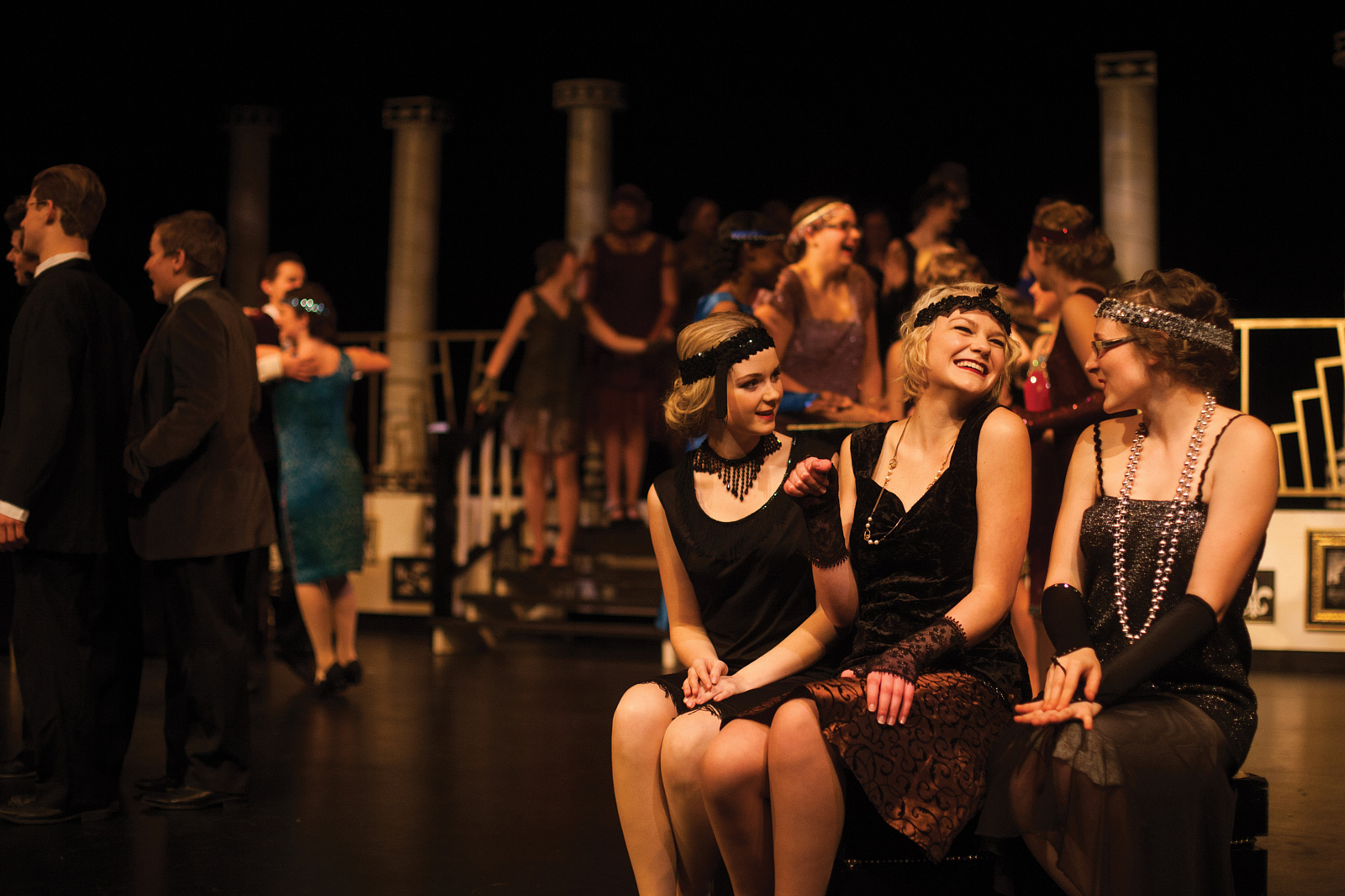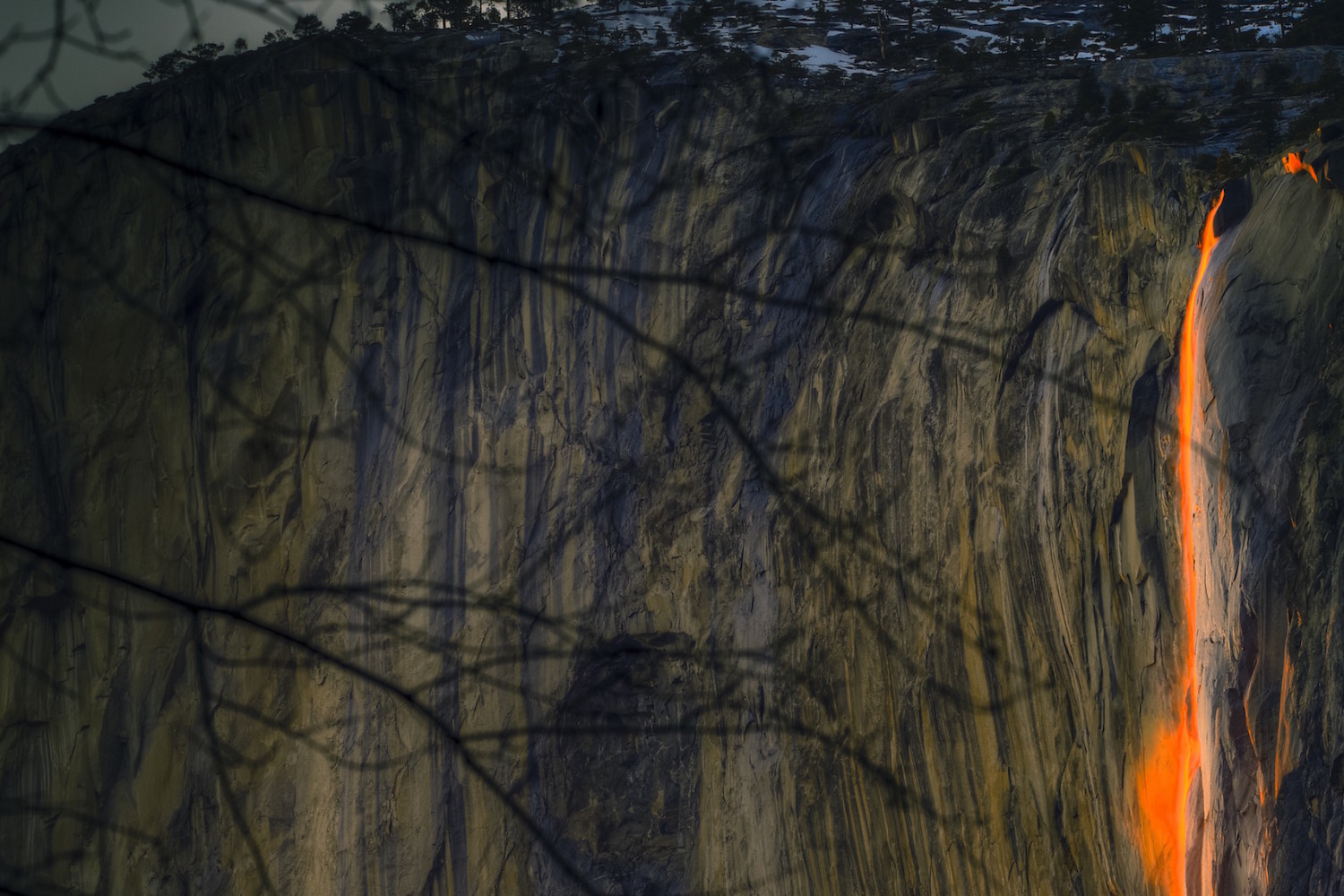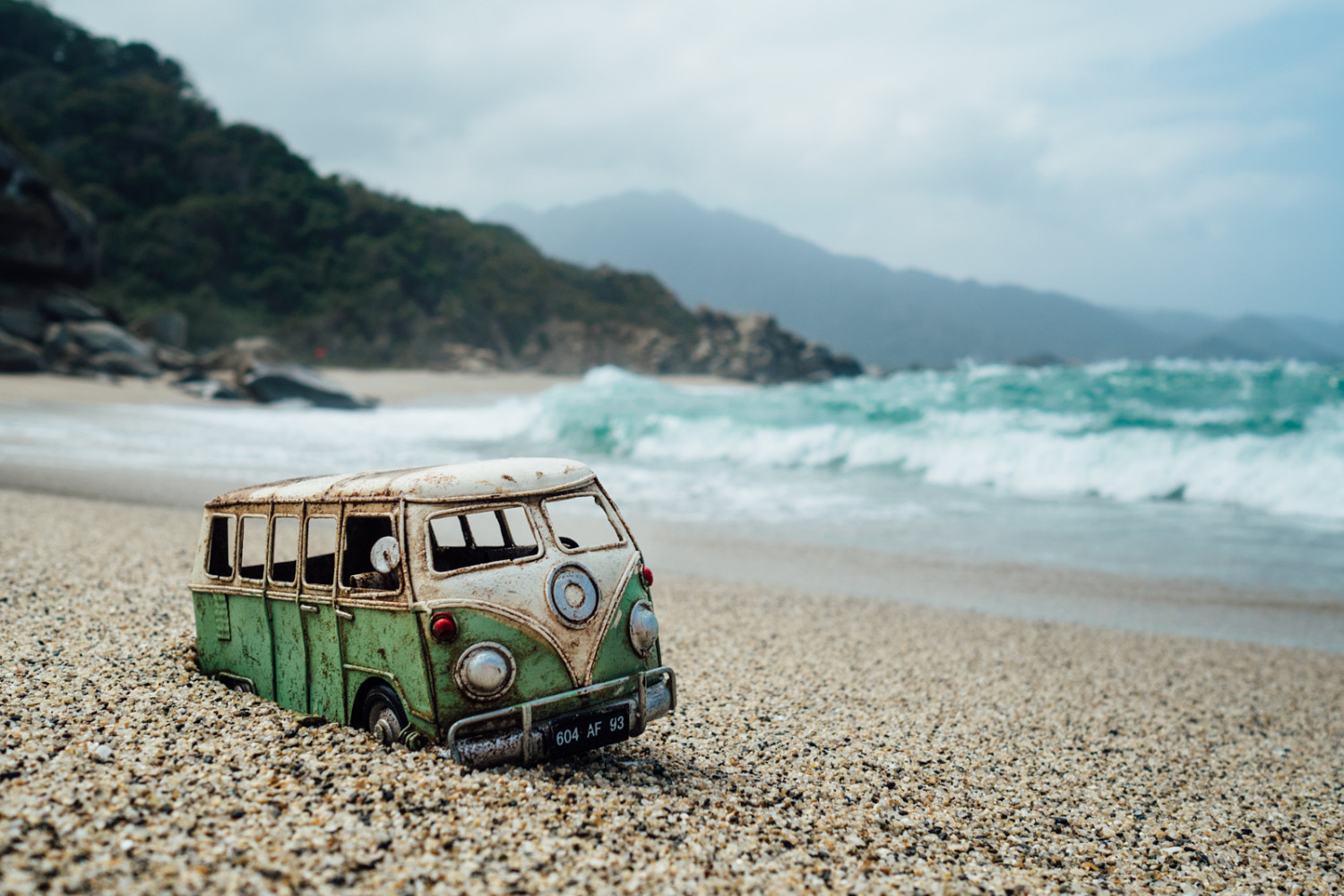Daren Zomerman is a science journalist and photographer from Alberta, Canada. He has a passion for seeking the truth in every word or image through the minute details that make people tick.
To see more from Daren, follow him on 500px, or say hello on Twitter.
Real moments don’t wait for golden hour. While they can be experienced or recreated in studios as well as on location, nothing can beat capturing that cheeky eye when it rolls.
As photographers, we’ve all been there—the room was too small to get that angle, the lighting sucked, or time just magically sped up when it happened. And that may be what you tell yourself when going over the shots in post, but the truth is a little planning goes a long way.
Anybody with a camera can run in, take a couple shots and publish the photos online. But rarely do those photographs provide context, or even represent the moment. Capturing a real moment isn’t about luck; it takes time, effort, and just a touch of personality.
Competitions
Luck may be a factor, but keeping an eye on your surroundings is just as important. This first photo was taken during a showdown between two local chefs at Get Cooking Edmonton. There was no great position to set up where I wasn’t being pushed around by chefs with hot pans and spectators trying to get a good view.
And honestly, there’s nothing scarier than a chef with a hot pan in a time crunch.
To get an interesting shot of your subject, you’re going to have to work with them for a good amount of time. Being a fly on a distant wall rarely makes for a good photo, but then, neither does being the fly buzzing in their face. You have to develop a kind of rapport with the subject, and this comes with being observant.
It’s fairly simple to find out how your subjects are going to move. Look for their eyes, if they move away from what they’re doing, the subject will go where they are looking. If you see them looking past you, move slightly out of the way (even just a motion to one direction so they know how to pass you).
It also helps if you set up a mode of non-verbal communication before the event happens, such as letting them know that they can touch your arms or shoulders to get you to move in a different direction. Doing this will make everybody more comfortable, help build rapport, and keep you staying safe from hot food and pans.
This competition was relatively well lit, but it provided next to no space for me to get comfortable. For the most part, I used a wide-angle 17-40 f/4 to capture the event. This “L series” lens is fantastically sharp and affordable. It’s saved my bacon in situations like these too many times to count.
Children and Families
Communication is always important, doubly so when you’re photographing children. Always speak to the parents before taking photos of children—and then respect their answer. In my experience, the parents almost always say yes—mostly they’re just happy that you think their kids are cute enough to make it in print.
When taking photos of kids, the best way to accurately capture their expression is to get down to their level. I’ve been through way too many pairs of jeans kneeling down on pavement or gravel. Another technique I’ve found useful is to mirror the child’s reactions so they continue expressing them.
People love seeing their children in print, but making sure to provide the parents with a copy of the image is a great way to give back and build rapport in your community.
Sports
In sports photography, capturing the expression is often more important than action. Images don’t always have enough context, so expression helps your audience figure out what was actually happening in the scene. In this case, the team in white was losing. This player had a breakaway that he was about to lose. By the end of this scene, he took the shot but missed the net.
It’s not the greatest action shot—but it is so much more telling of how the game actually went.
For this kind of shot, my favorite is a 70-200 f2.8, although the results are just as good using a cheap 50mm f1.4. Lighting is usually an issue at arenas, so a faster lens is preferable, however, expensive gear doesn’t matter nearly as much as the location does. My favorite places on the rink/field are always just to the right or the left of the net so you can capture both expression and the action as players get closer to scoring.
If you’re shooting through glass, try to choose places where you’re shooting straight through instead of at an angle so you get the most light onto your sensor.
Awards Ceremonies and Conferences
Awards ceremonies and conferences are always difficult—they’re dark, noisy, and people don’t often want their photos taken. The only benefits include having room to move and people not caring about flashes; so long as it’s not pointed in their eyes.
If you have a fast prime lens, use it without the flash. But it’s always best to have one just in case. If needed, a flash pointed at the roof will provide a good fill light.
People often put on fake smiles at awards ceremonies (real ones can be seen in the eyes), and there isn’t always much you can do about it. Sometimes having a bright outfit, or if there is a photo-op spot on the side, try to make a few light-hearted jokes to obtain something more real.
Planning will make the difference
The most important factor in getting your shots is always planning. These shots take time—you know to know your equipment, know your location, and get to know your subjects. If you don’t budget enough time for them to get comfortable with you, or to learn how people move, you’re going to leave with shots that don’t mean anything.
Equipment will help, but the most expensive gear is almost never necessary for the shots you need—a good photographer can get professional shots using a Canon Rebel T3i and the stock lens. In the vast majority of situations, third party equipment will provide the same quality for half the cost, and sure, there will be tradeoffs, but they are minor in comparison to the price you’ll pay for the name brand. I use two bodies (one full frame and one APS-C), one flash, and three lenses to cover all the bases for my needs. Altogether, the equipment fits in a small bag and is able to cover every situation I’ve found myself in as a working photographer—I’ve only used other equipment as a hobbyist.
Also, learn to use your equipment before taking it on a paid shoot. You’ll be far better off compensating with what you know than rushing in and fumbling around to get a new flash to fire (true story).
Getting to know a location before shooting there will help you get the know the best places—even if that means showing up 15 minutes early to scope it out, you’ll get better shots than if you set up half way through a performance. By getting there early, you’re also ensuring that you get appropriate permissions and the opportunity to built rapport with the people you’re photographing.
So get out there and shoot, even if it’s just for yourself or your family, any experience is good experience. Real moments don’t wait for you to get off the couch.













Leave a reply